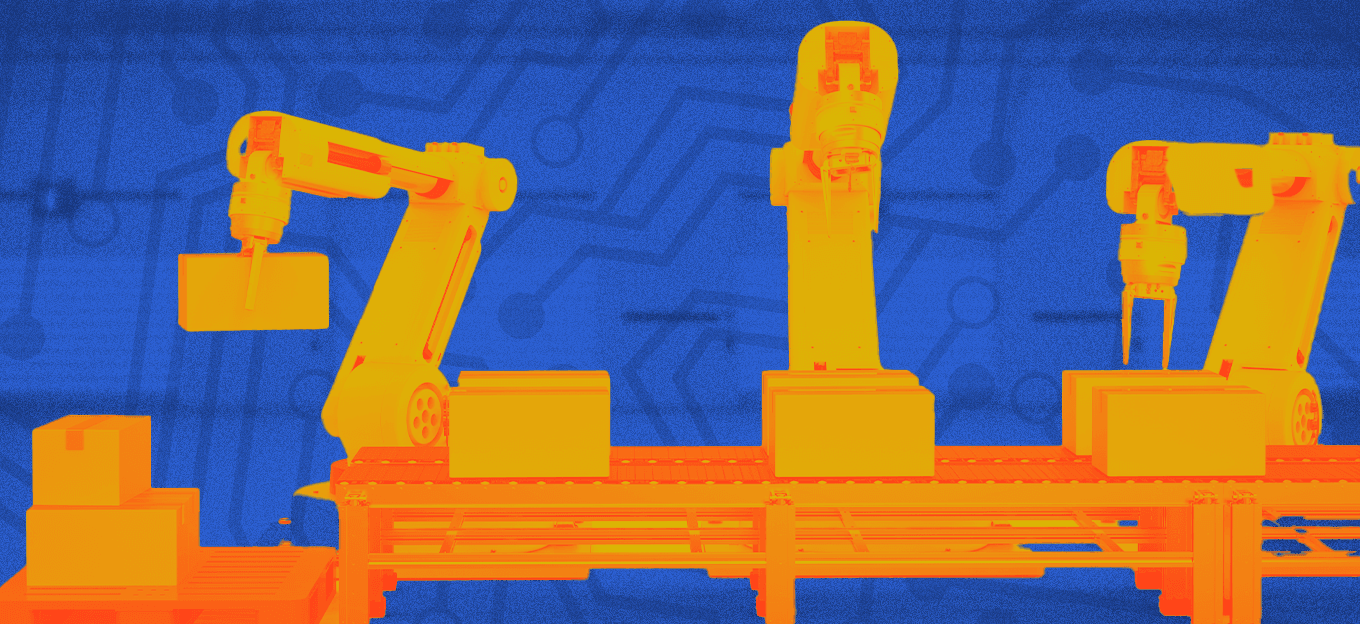What Does it Mean to Be Digital Twin Enabled?
What Does it Mean to Be Digital Twin Enabled?
- Last Updated: December 2, 2024
ThoughtWire
- Last Updated: December 2, 2024



In our last blog on digital twins, we demystified the similarities and differences between BIM and digital twin, This week, we’re diving back into how digital twins can actually be used to unlock meaningful insights for commercial real estate owners, operators, and occupants to answer the question: what does it mean to be digital twin enabled?
In a complex world whose nuances are only deepening, now is the time to bring your buildings into the digital age and unlock new efficiencies and insights with #DigitalTwins.
Why Do Digital Twins Matter?
First, let’s discuss why digital twins are important in the overall landscape of smart building technology. As is the case in other industries, the Internet of Things (IoT) has caused a proliferation of data in massive quantities. The complexity of this ever-growing set of real-time information is compounded by the variety of data types (IT and OT) and by legacy sources of data. In particular, for industries like commercial real estate, the data landscape is even more complex because of the people, workflows, and processes that have varying touchpoints with these systems and data.
Unlike heavy industrial asset-centric businesses, like aviation, oil, and gas, or discrete process manufacturing, the data being captured in a built environment encompasses more than just the physical space but the complex interactions of people within space. So, you need more than just the ability to make setpoint changes to an HVAC system; you need to understand how that HVAC system relates to a floor, a zone, and to a person within that space. The outcomes are also more nebulous in built environments. Rather than predictive maintenance on a single finite asset, it’s a living, breathing organization with people coming and going every day. The assets are dynamic. Digital twins are best able to make sense of this dynamic ever-changing environment to give you more control.
What are the Characteristics of a Digital Twin Enabled Space?
Digital twins can be useful at every stage of the asset lifecycle. From designing and planning to construction, development, and commissioning. Applications for digital twins today are concentrated in the operations and maintenance phase. Data is abundant, and owner/operators of space are most interested in the ability to remotely control space. However, only having remote control over space is not achieving a truly digital twin enabled built environment.
True digital twin enabled space delivers benefits from insights about how people utilize space and unlocks new opportunities to reduce or avoid costs based on that new insight. Let’s look at an easy example: energy reduction is not only a sustainability goal but an easy lever for cost reduction. How can building managers take cost-reducing load-shed actions across lighting and HVAC systems without interrupting someone's workday? When a space is digital twin enabled, a building manager would know who would be impacted by a load shed. More powerful than that, the twin can alert the building manager about the optimal time to take action, and eventually automate this process based on learnings that tune the model over time.
While everyone must first start by bringing together their disparate systems to create the building blocks of a digital twin, a space is not truly enabled until ALL the following Applications are unlocked.
Remote Monitoring of Smart/Connected Assets
- Monitor KPIs like the performance of subsystems
- Respond to the real-time state of building operations
- Know when new systems come online during commissioning
Predictability and Control of Remotely Monitored Smart Connected Assets
- Old answers to new questions – find out how things like weather or tenants impact operations
- Take control of assets with bi-directional changes to the building subsystems
Context-Rich Model to Drive Even Deeper Insights
- Context not only into how your asset is operated today but a historical view of its operations
- Genealogy of your asset from design and operation to a potential future state
- Insight into how your asset is utilized by tenants and their interactions with the built environment
A System of Smart Assets to Drive Smarter Business
- Extend the digital twin to include entire portfolios of assets to drive smarter business decision making
- Think of your assets in the context of smart cities to drive deeper interaction between inside and outside worlds
The Technology to Get You There
These complex relationships are difficult to capture in a relational database; you need technology that's tuned to model complex ontologies and relationships. The ability to model these relationships will unlock new possibilities to better understand your built environment, both in a historical context and when looking to the future.
The Most Comprehensive IoT Newsletter for Enterprises
Showcasing the highest-quality content, resources, news, and insights from the world of the Internet of Things. Subscribe to remain informed and up-to-date.
New Podcast Episode

How Drones and Telecom Enable Aerial IoT
Related Articles




